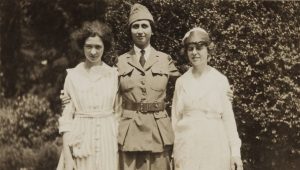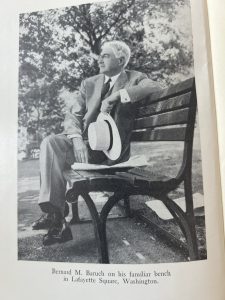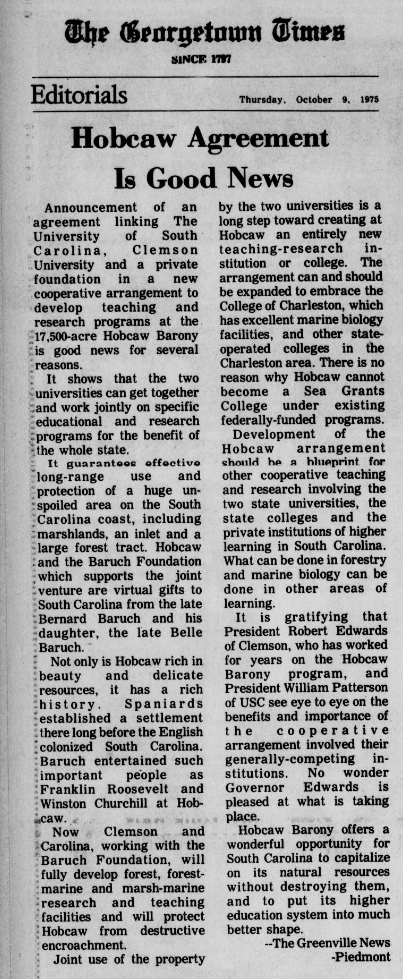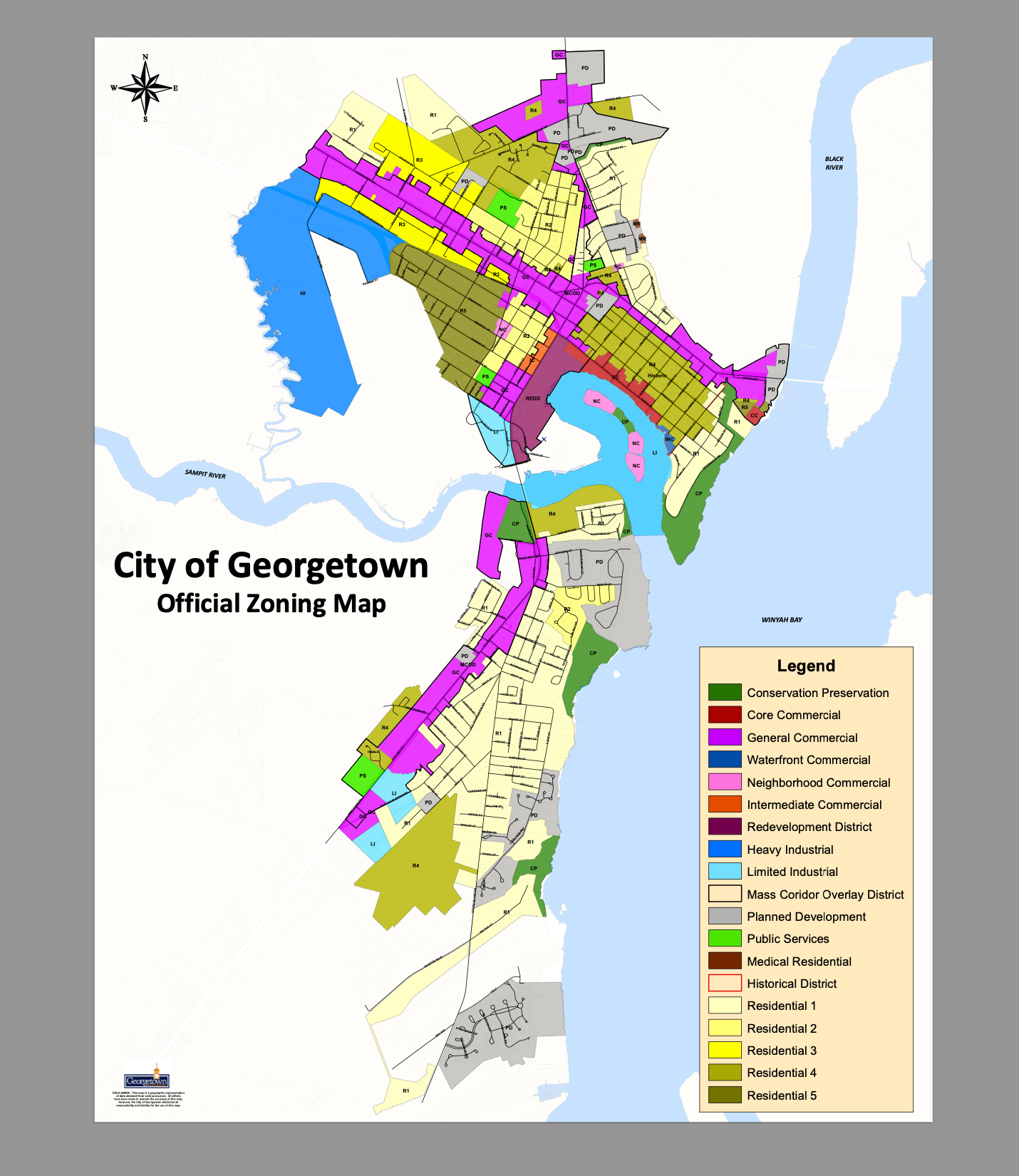Photos of Mr. Baruch from Margaret Coit’s 1957 book, “Mr. Baruch;” photo of Belle Baruch in Women’s Radio Corps uniform, 1918, from Belle W. Baruch Collection of Georgetown County Digital Library. An editorial from the 1975 Georgetown Times (reprinted from The Greenville News-Piedmont) explains the significance of the Hobcaw Barony conservation agreement. The page below is from the 2011 Winyah Heritage Festival guide to that year’s program, and includes Mr. Baruch’s famous 1953 radio discussion about his philosophy and approach to life with the legendary Edward R. Murrow.
Hobcaw Barony: A Historical and Ecological Treasure
Hobcaw Barony is a 16,000-acre tract of land on the Waccamaw Neck in Georgetown County, South Carolina. The property contains a remarkable diversity of ecosystems, including salt marshes, longleaf pine forests, cypress swamps, and freshwater wetlands. It is one of the most ecologically and historically significant properties on the East Coast.
The name “Hobcaw” comes from a Native American word meaning “between the waters,” referencing its location between the Winyah Bay and the Atlantic Ocean. The land was originally a colonial land grant and later became the site of several rice plantations during the antebellum era.
Bernard Baruch: The Man Behind Hobcaw Barony’s Legacy
Bernard M. Baruch (1870–1965), was a native of Camden, South Carolina. He became a stockbroker, millionaire and advisor to seven presidents, and was a high profile public figure, often being found on the park bench in Central Park in New York City or Lafayette Square in Washington, DC. He used Hobcaw Barony as his winter retreat to hunt ducks, turkey, and deer, as well as to entertain many of his notable friends.
Mr. Baruch purchased Hobcaw Barony from 1905-1907 when land prices were low in Georgetown due to the decline of rice cultivation. Baruch, like other northern hunters who purchased their own former rice plantations, employed a number of local black and white families to live and work at Hobcaw Barony. Housing, education and medical care was also provided. As Mr. Baruch grew older, he was pleased with Belle’s interest in the property and sold all 17,500 acres to his daughter by 1956.
Belle Wilcox Baruch 1899-1964
Belle W. Baruch, the oldest of three children of Bernard and Annie Baruch, was a sailor, equestrian and pilot. She called Hobcaw Barony the “friendliest woods in the world,” and always wanted to have a home here. In 1935, Belle bought the first section of Hobcaw Barony and purchased portions continuously until she owned all 17,500 acres. Belle used Hobcaw much in the same way her father did: she entertained guests such as Edith Bolling Wilson and Zasu Pitts, and of course, she hunted the land.
As Belle grew older, she was diagnosed with cancer and began to plan the future of Hobcaw Barony. She wanted it to remain undeveloped and to be utilized as an outdoor laboratory. She created a foundation to own and operate the property for researchers from colleges and universities in South Carolina. Hobcaw Barony’s unique ecology provides an unparalleled opportunity for persons interested in long term ecological research. Today a visitor to Hobcaw finds the quiet woods teaming with deer, feral hogs, turkey, ducks, numerous birds, alligators, snakes and fox squirrels.
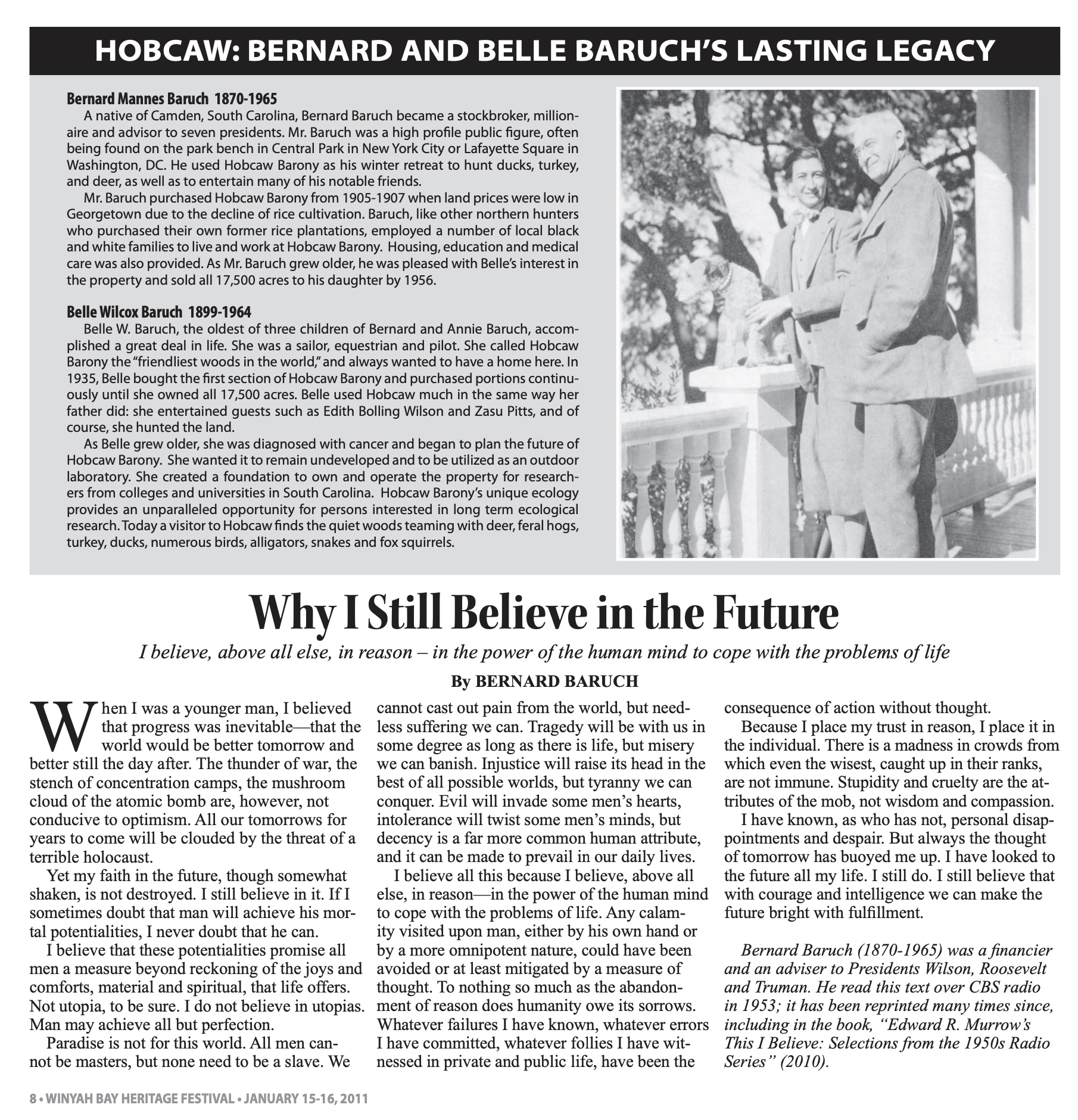
Impact on Conservation and Georgetown County
Hobcaw Barony has had a profound and lasting impact on conservation in Georgetown County and beyond:
- Ecological Research and Education:
- The property serves as a living laboratory for environmental and marine sciences.
- It hosts research facilities for Clemson University, University of South Carolina, and the Baruch Institute for Marine and Coastal Sciences.
- Research conducted at Hobcaw contributes to understanding climate change, coastal ecology, and sustainable forestry.
- Wildlife and Habitat Preservation:
- Hobcaw provides crucial habitat for threatened and endangered species, including red-cockaded woodpeckers, alligators, and various shorebirds.
- Its protected wetlands play a vital role in preserving the water quality and biodiversity of the Winyah Bay ecosystem.
- Cultural and Historical Preservation:
- The property includes remnants of slave cabins, rice fields, and plantation homes, offering a rich lens into the region’s complex history.
- Guided tours and educational programs explore both the ecological and historical aspects of the land.
- Model for Land Conservation:
- Hobcaw Barony stands as a model for private land conservation.
- Its success helped inspire broader efforts in land trusts and conservation easements throughout the Southeast._____________
Want to explore even more about Hobcaw’s rich history?
There are many historical YouTube videos about Hobcaw’a role in American history.
Click here to see footage of U.S. President Franklin Delano’s visit to Hobcaw in 1944.
Silent footage of countryside, lands, and oceanside surrounding and constituting “Hobcaw” barony. Only a small amount of footage near end of film shows FDR fishing with Baruch on a boat. FDR has his back to the camera. Also shots of Secret Service member, Naval personnel, including Adm. Leahy and Fala. From President Roosevelt’s collection. Archival footage from the FDR Presidential Library.
___________


